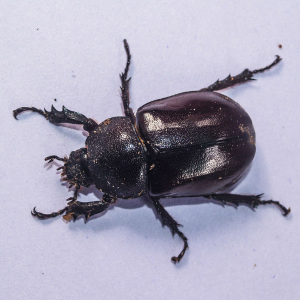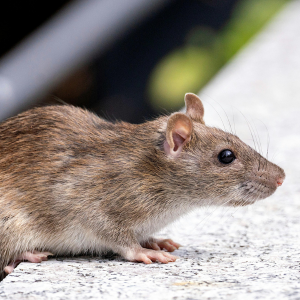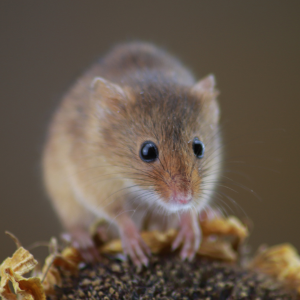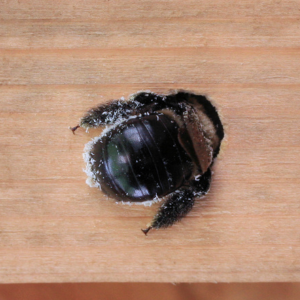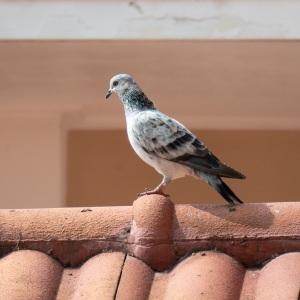For beetles, start by identifying the species and removing any obvious sources of attraction—stored grains, wood piles, or damp carpeting can harbor larvae. Vacuum cracks, crevices, and baseboards regularly, then seal entry points with caulk or weather stripping. You can deploy pheromone traps or diatomaceous earth along likely pathways to interrupt their life cycle. In more severe infestations, spot-treat with an insecticide labeled for indoor beetle control, following all safety instructions.
When it comes to bees, remember they’re beneficial pollinators, so avoid DIY insecticides. If you’ve got a nest near your home, contact a local beekeeper or pest-management professional who can safely remove and relocate the colony. To discourage their return, keep trash cans sealed, remove sugar-water sources (like fallen fruit), and trim back flowering plants near doorways. For occasional lone foragers, a gentle sweep or guiding them out with a soft brush usually does the trick without harm.

